Muong Dan village is located in Pu Hoat Nature Reserve, about 15 km from the center of Hanh Dich commune (Que Phong district, Nghe An province). This village currently has nearly 200 households of Thai ethnicity and still retains the unique cultural features of the ancient Thai people.Mr. Ha Van Hung (70 years old, living in Muong Dan village) said that he and the elderly people in the village did not know when Muong Dan existed. Since he was born and raised, he saw many people in the village. Previously, Muong Dan people lived in the forest almost isolated from the outside world. The road is very difficult, mainly forest trails.Tens of years ago, roads were difficult and people could not go out to transport materials to build houses, so they went to the forest to cut wood and build stilt houses. Discovering that samu wood has a lot of essential oils, is durable and fragrant, people cut it down and split it thinly to use as roofing instead of palm leaves.From a distance, the stilt roofs of the ancient Thai people in Muong Dan appear clearly in the green of the vast mountains and forests.The roofs are covered with precious Samu wood tinted with time, making the village even more ancient.“In the past, the forest was not banned, so people went into the forest to cut wood to build houses and roofs. Now that the forest is banned, no one dares to cut it anymore. Before, I didn’t know that samu wood was a rare species. I just found it fragrant and good, so I cut it down and used it. Now we can’t take them anymore but we have to protect the trees,” Mr. Ha Van Hung said, adding that samu trees only exist in deep forests, bordering Laos.Stilt houses in Muong Dan village come in different sizes, but are all made of 2 floors. The ground floor only stores agricultural tools, utensils, firewood, and wood. The upper floor is where Thai people live to avoid wild animals and humidity. Each house is designed with 3-5 rooms. From the stairs to the outermost space is the space to receive guests, then the worship space, the kitchen and the family’s living and sleeping area.The roofs made from rare samu wood are a special highlight for the house.This type of samu wood is durable, has very fragrant essential oils, is termite-free and can repel insects, flies and mosquitoes, so people like it very much. Sunny weather and hot temperatures cause the samu wood panels on the roof to warp, creating gaps, allowing wind to flow into the house, making it very cool. In cold, rainy winters, the wooden panels on the roof tighten to cover both the rain and the cold wind.People in Muong Dan still maintain the cultural characteristics of the ancient Thai people. In it, the house, customs, and costumes remain the same.Muong Dan people say the roof is made from samu wood that is 40-50 years old and is not damaged. Many houses today have roofs that are still durable and beautiful. However, many houses were built a long time ago so the roofs show signs of deterioration.To preserve these precious wooden roofs, many families, when repairing their roofs, converted these wooden panels to be used as ceilings, while the roofs were replaced with corrugated iron.Mr. Lo Van Viet – Chairman of the People’s Committee of Hanh Dich commune said that the Thai ethnic people in Muong Dan village still preserve the unique cultural features of their people, from language, culture, customs, and costumes. costumes… With unique cultural features, Muong Dan is now becoming a community tourism destination attracting a large number of tourists inside and outside the province to experience.
Muong Dan village is located in Pu Hoat Nature Reserve, about 15 km from the center of Hanh Dich commune (Que Phong district, Nghe An province). This village currently has nearly 200 households of Thai ethnicity and still retains the unique cultural features of the ancient Thai people.
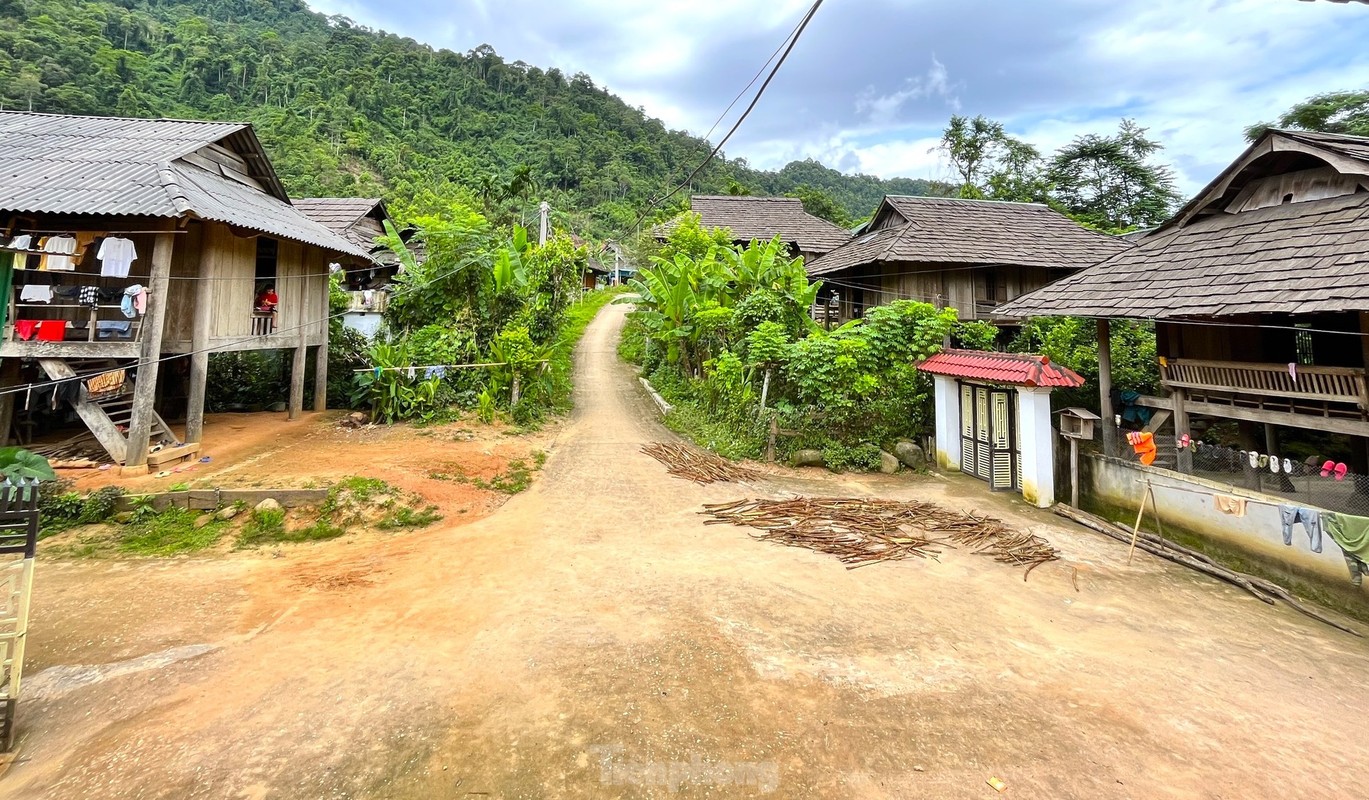
Mr. Ha Van Hung (70 years old, living in Muong Dan village) said that he and the elderly people in the village did not know when Muong Dan existed. Since he was born and raised, he saw many people in the village. Previously, Muong Dan people lived in the forest almost isolated from the outside world. The road is very difficult, mainly forest trails.
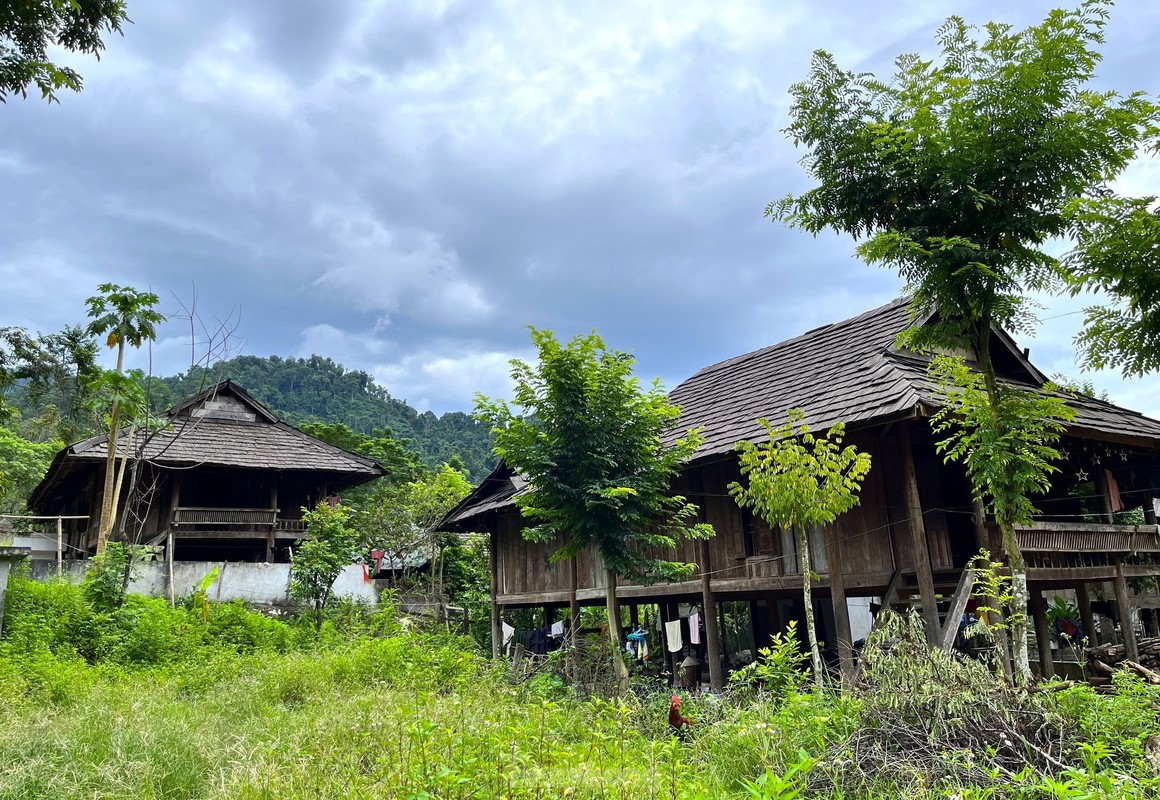
Tens of years ago, roads were difficult and people could not go out to transport materials to build houses, so they went to the forest to cut wood and build stilt houses. Discovering that samu wood has a lot of essential oils, is durable and fragrant, people cut it down and split it thinly to use as roofing instead of palm leaves.

From a distance, the stilt roofs of the ancient Thai people in Muong Dan appear clearly in the green of the vast mountains and forests.
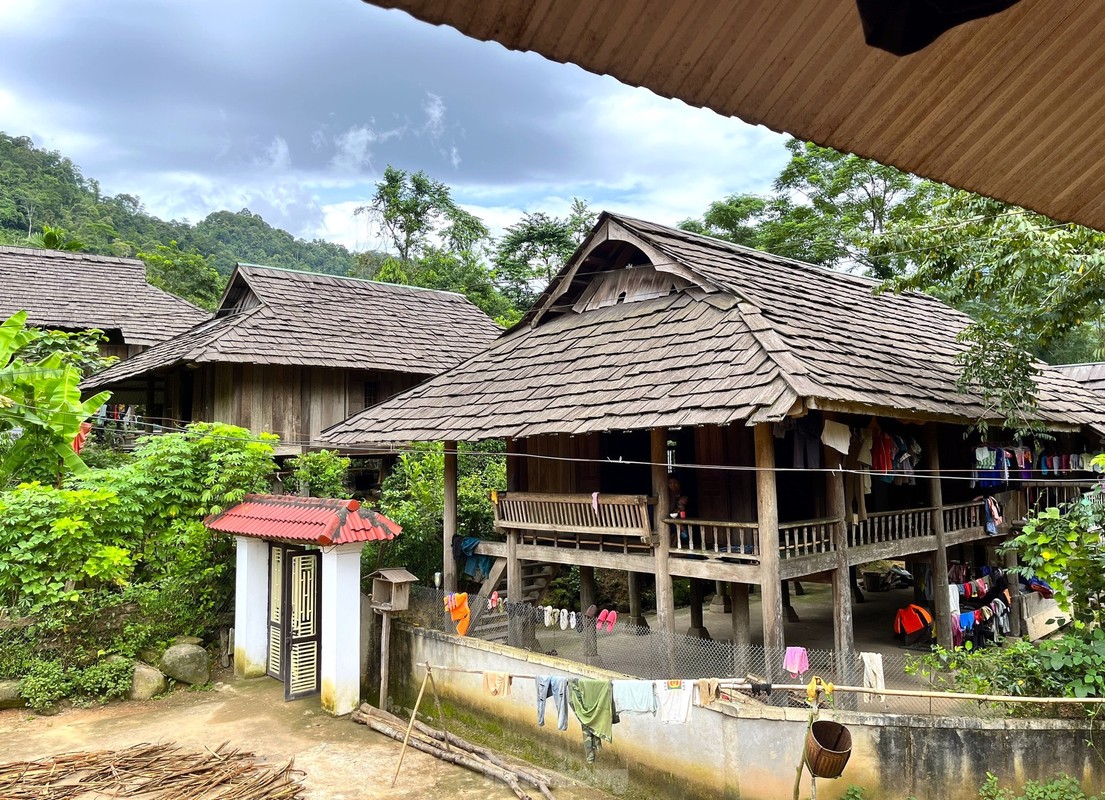
The roofs are covered with precious Samu wood tinted with time, making the village even more ancient.
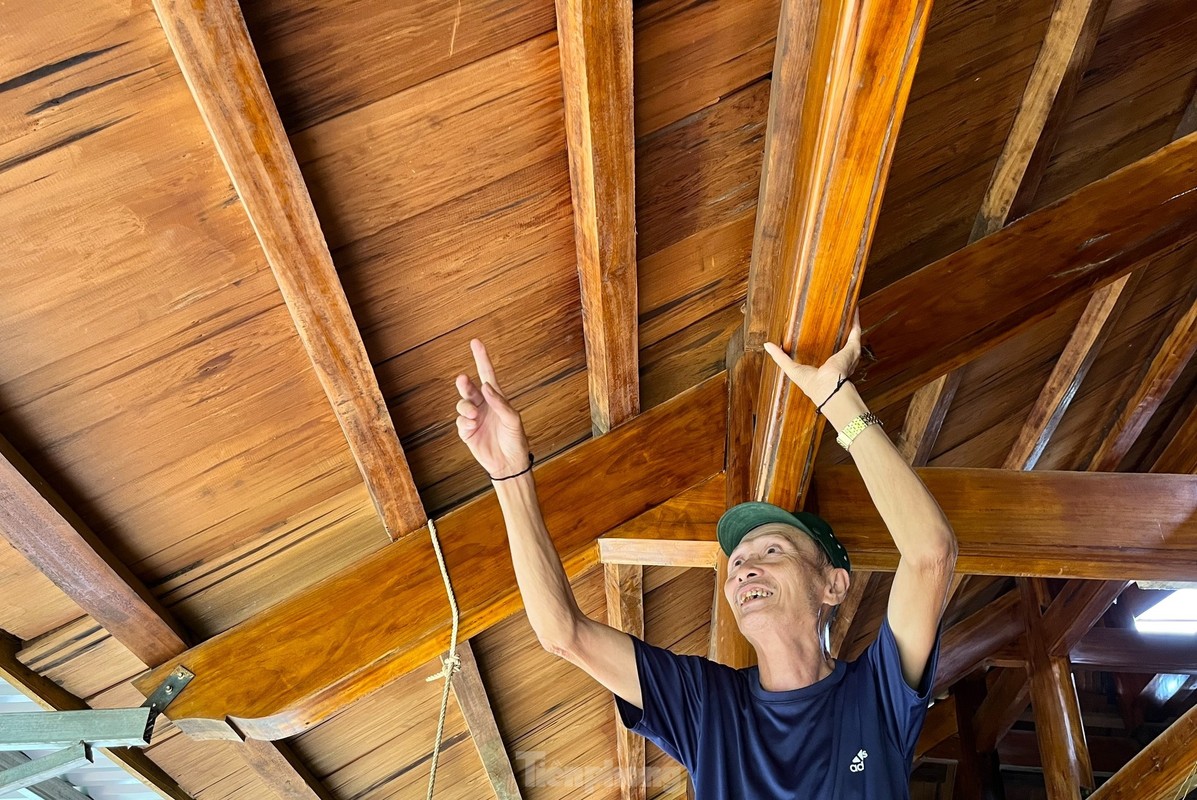
“In the past, the forest was not banned, so people went into the forest to cut wood to build houses and roofs. Now that the forest is banned, no one dares to cut it anymore. Before, I didn’t know that samu wood was a rare species. I just found it fragrant and good, so I cut it down and used it. Now we can’t take them anymore but we have to protect the trees,” Mr. Ha Van Hung said, adding that samu trees only exist in deep forests, bordering Laos.
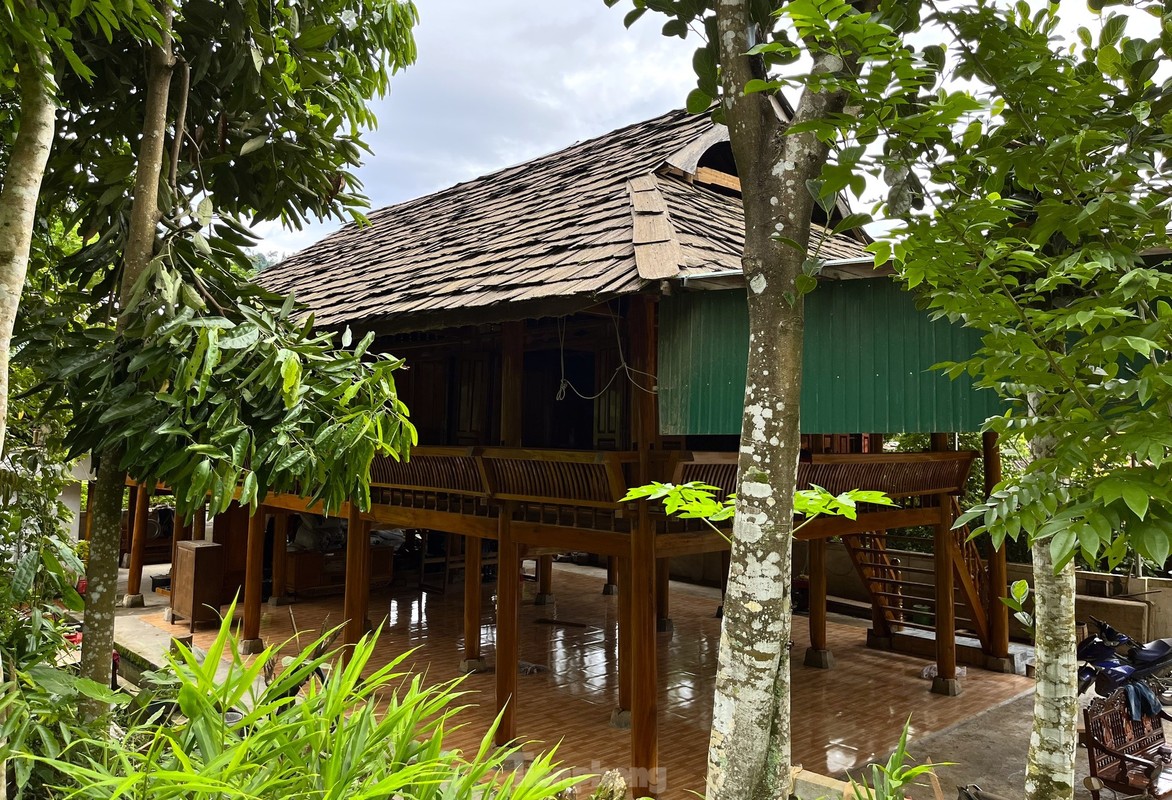
Stilt houses in Muong Dan village come in different sizes, but are all made of 2 floors. The ground floor only stores agricultural tools, utensils, firewood, and wood. The upper floor is where Thai people live to avoid wild animals and humidity. Each house is designed with 3-5 rooms. From the stairs to the outermost space is the space to receive guests, then the worship space, the kitchen and the family’s living and sleeping area.
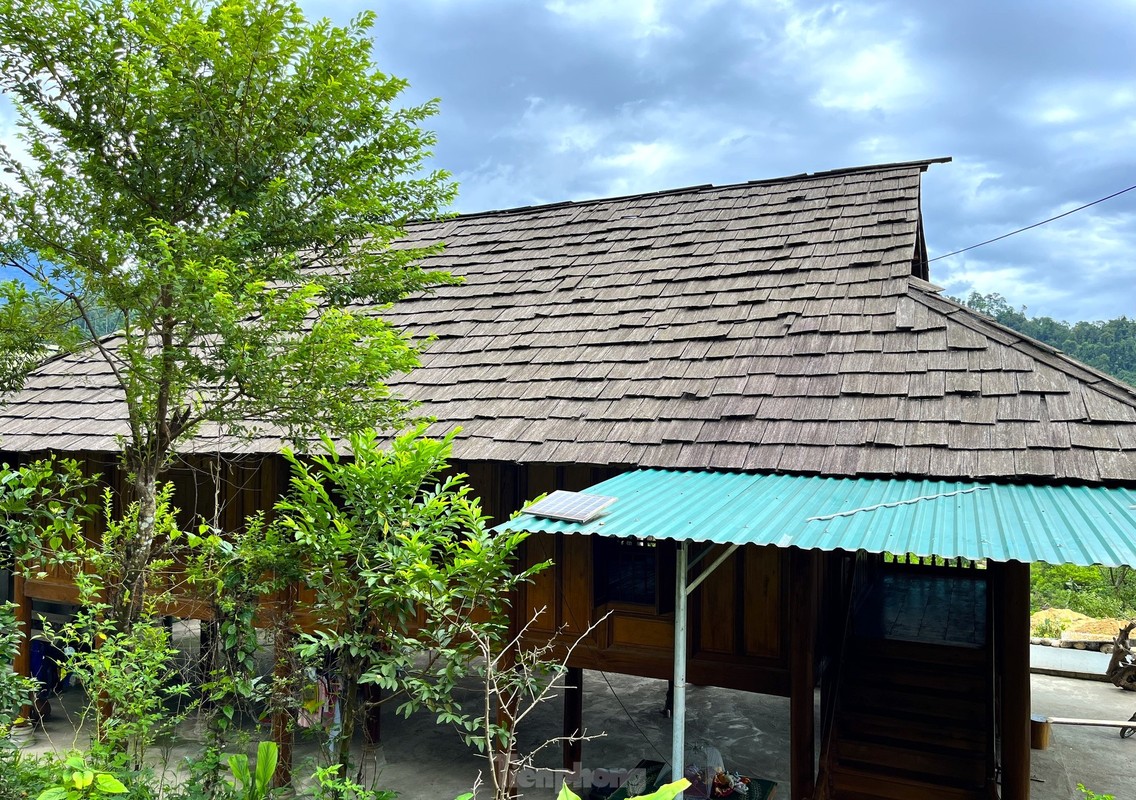
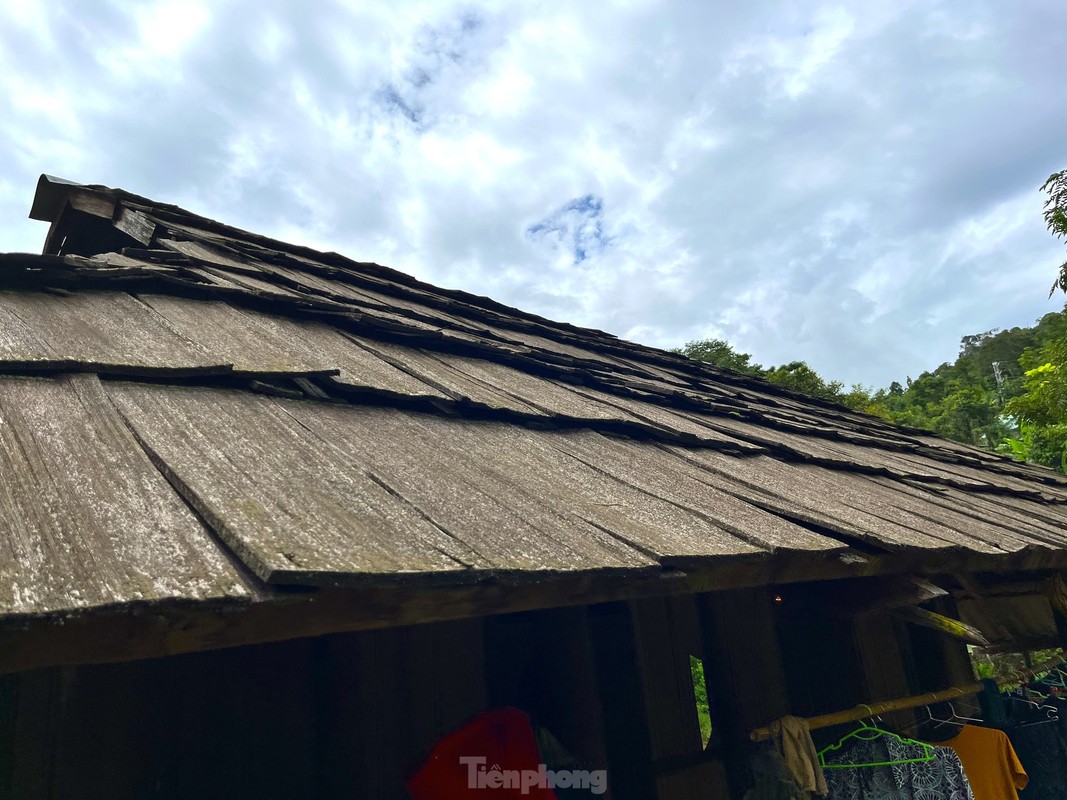
The roofs made from rare samu wood are a special highlight for the house.
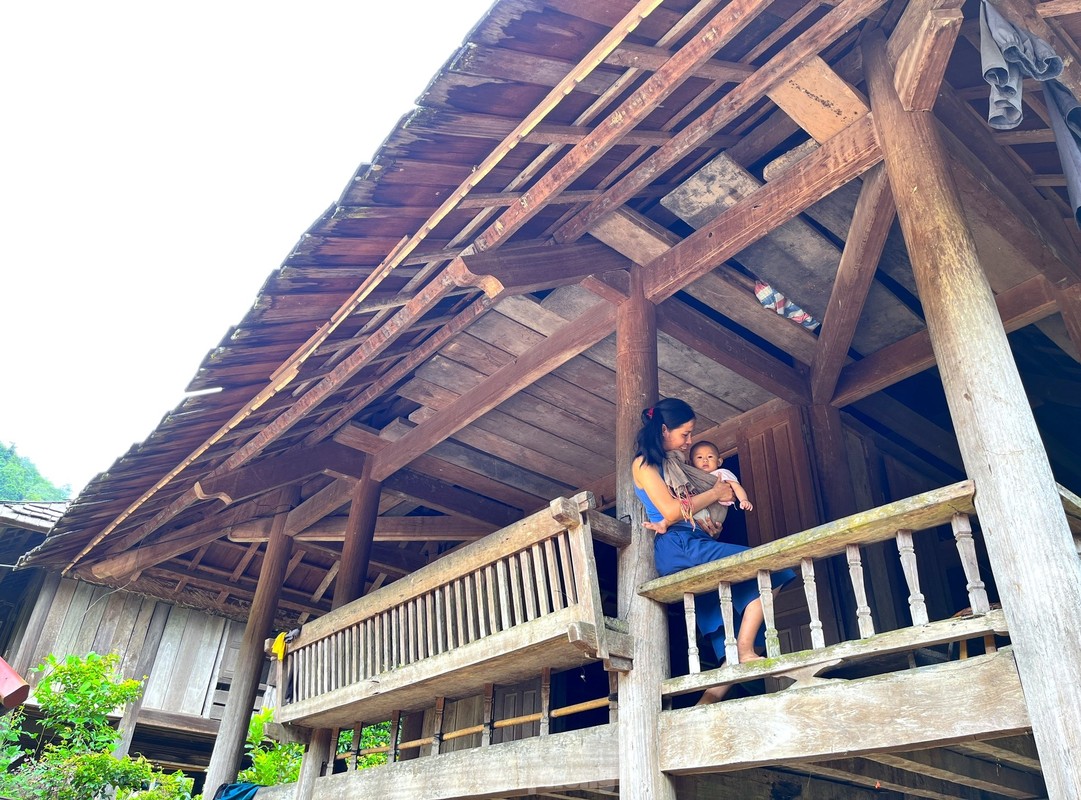
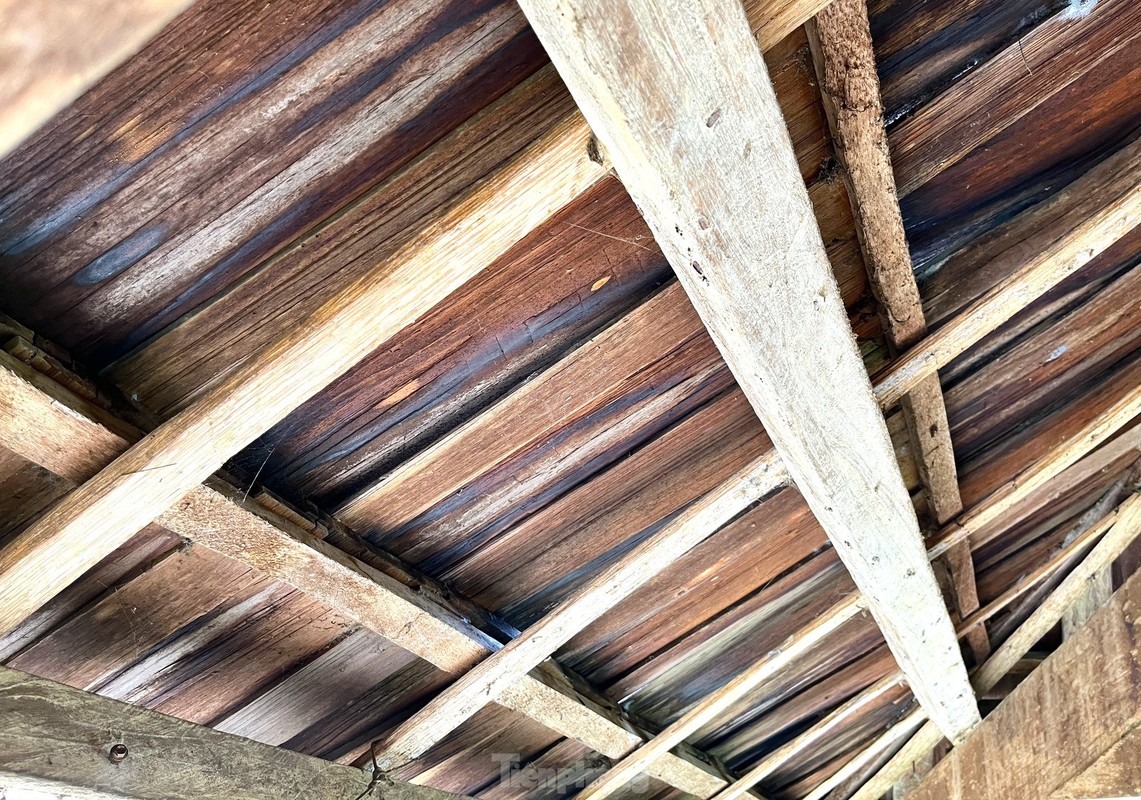
This type of samu wood is durable, has very fragrant essential oils, is termite-free and can repel insects, flies and mosquitoes, so people like it very much. Sunny weather and hot temperatures cause the samu wood panels on the roof to warp, creating gaps, allowing wind to flow into the house, making it very cool. In cold, rainy winters, the wooden panels on the roof tighten to cover both the rain and the cold wind.
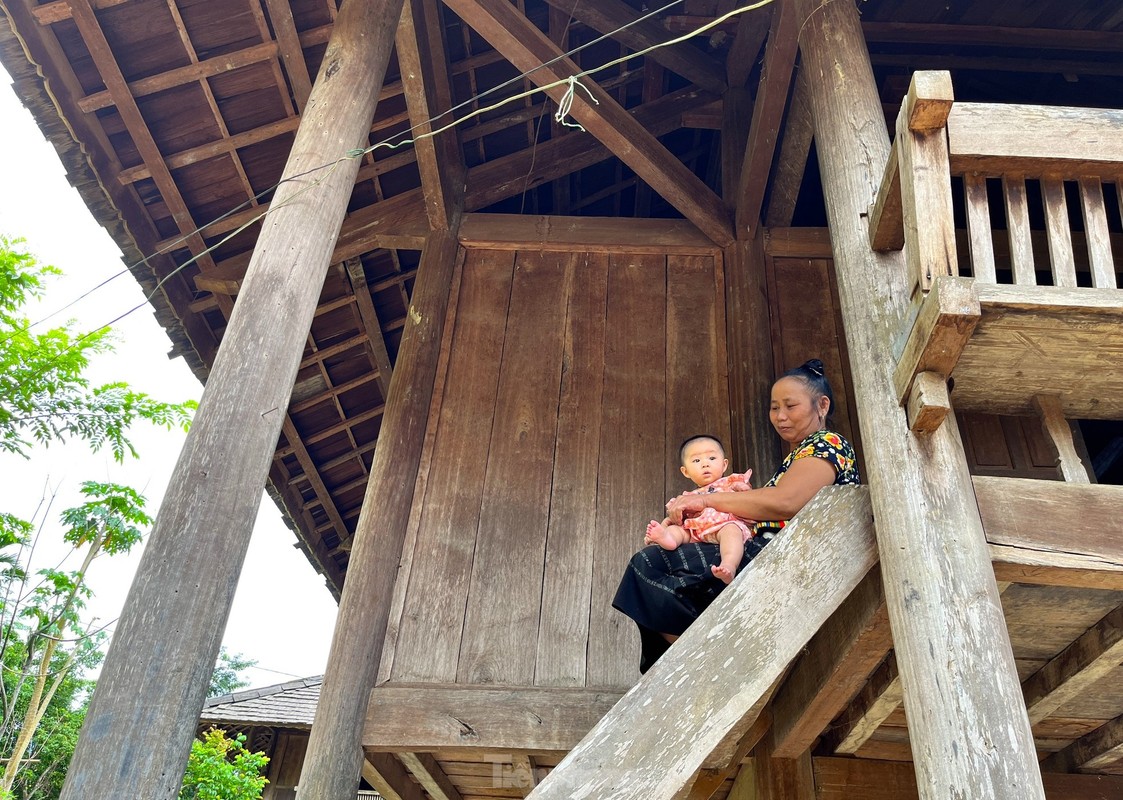
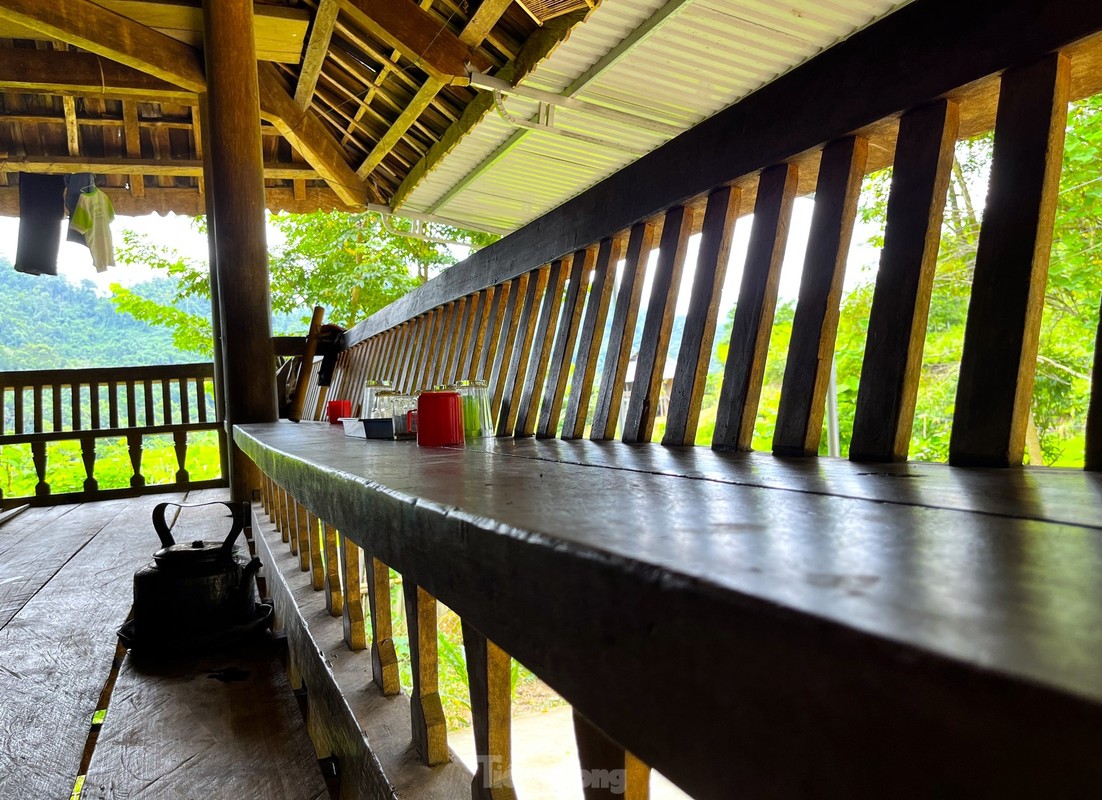
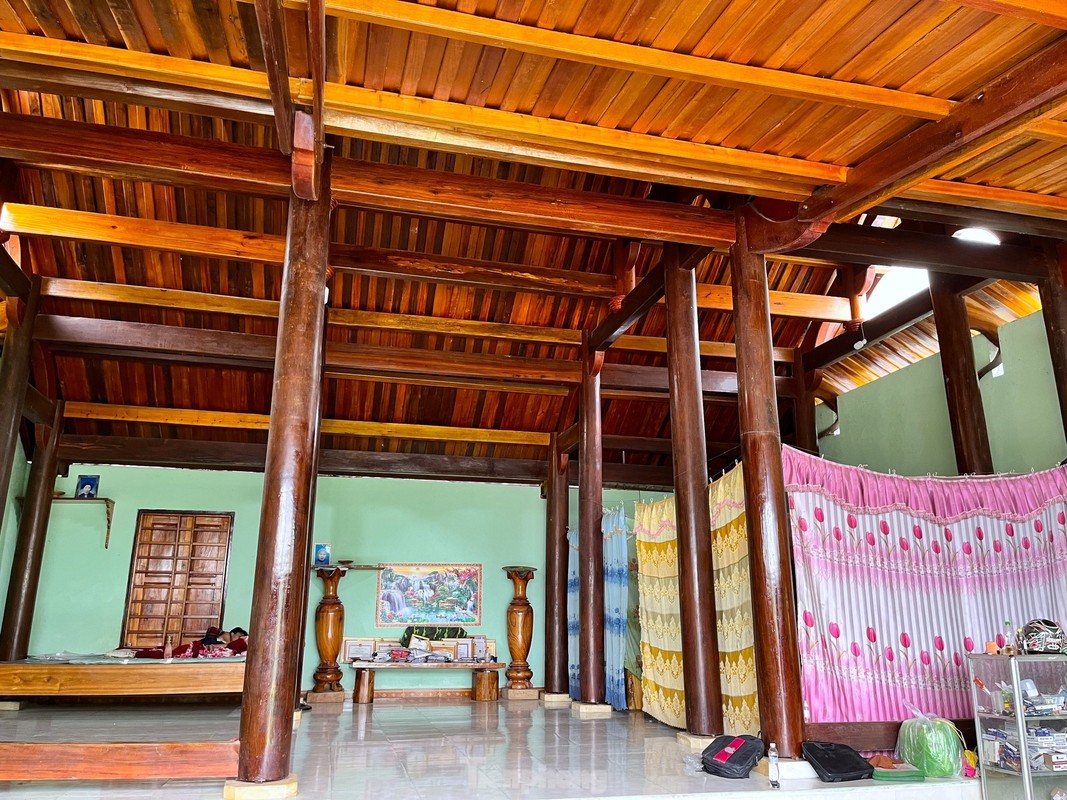
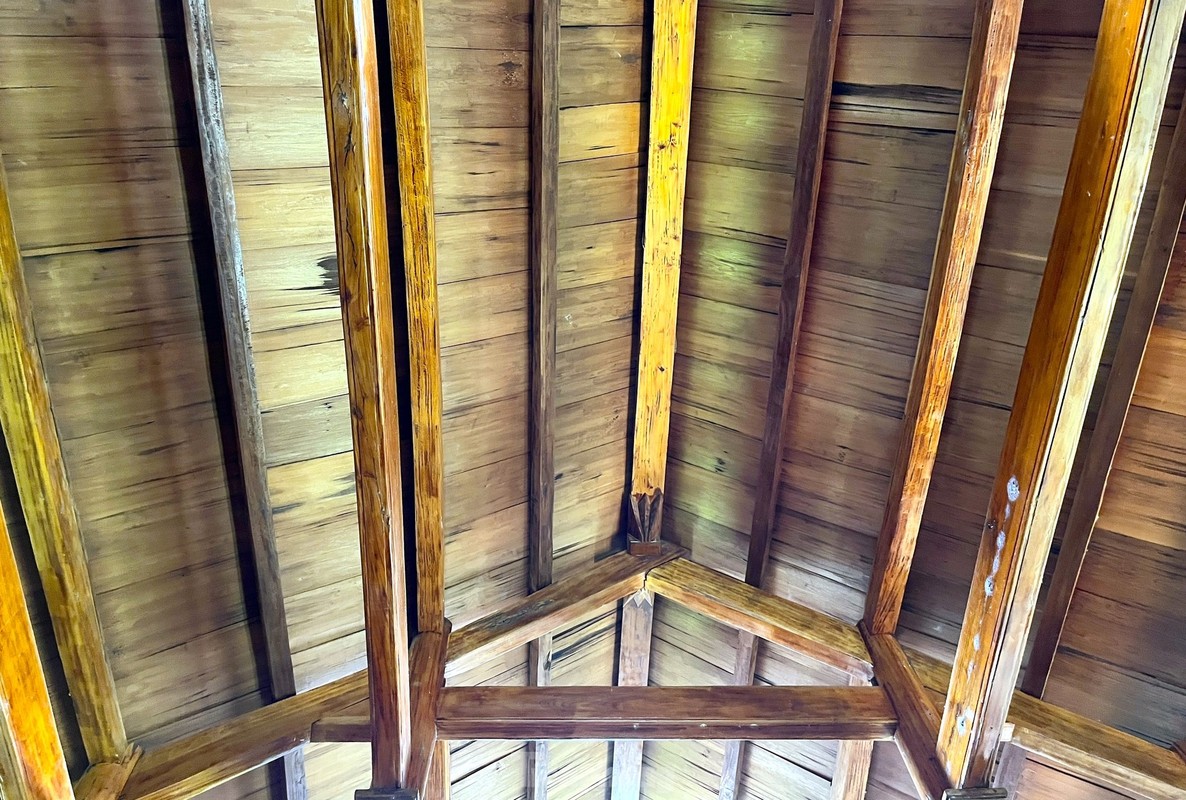
People in Muong Dan still maintain the cultural characteristics of the ancient Thai people. In it, the house, customs, and costumes remain the same.
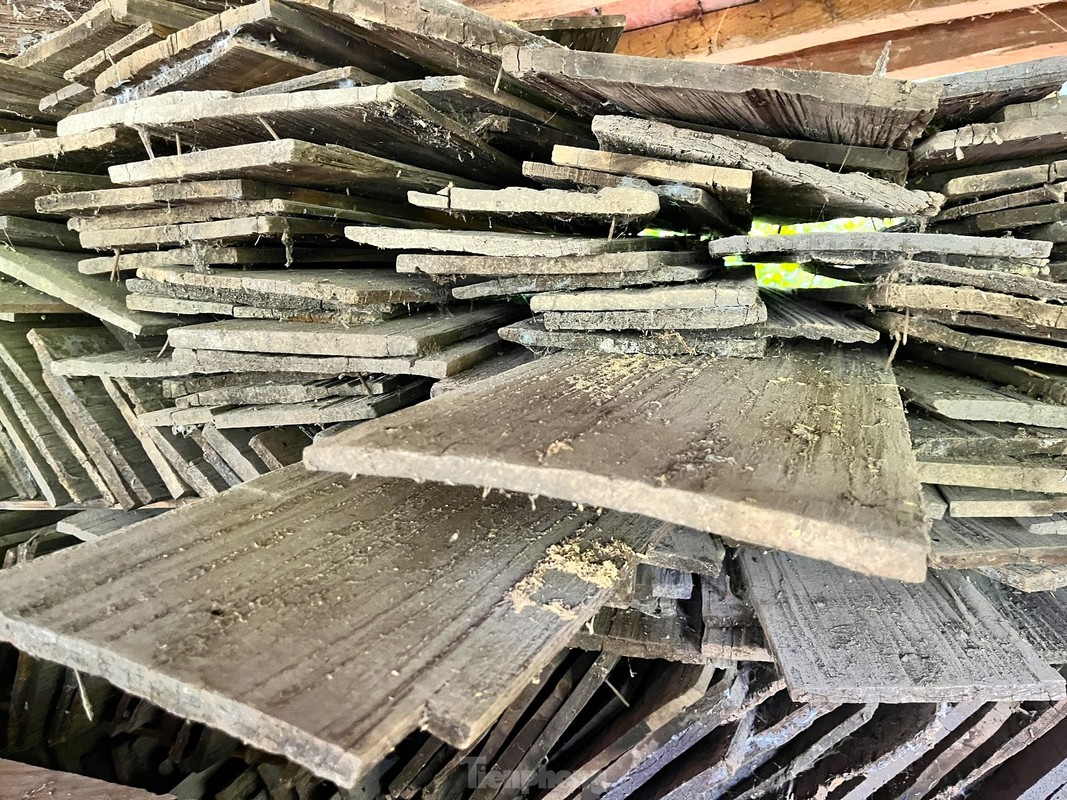
Muong Dan people say the roof is made from samu wood that is 40-50 years old and is not damaged. Many houses today have roofs that are still durable and beautiful. However, many houses were built a long time ago so the roofs show signs of deterioration.
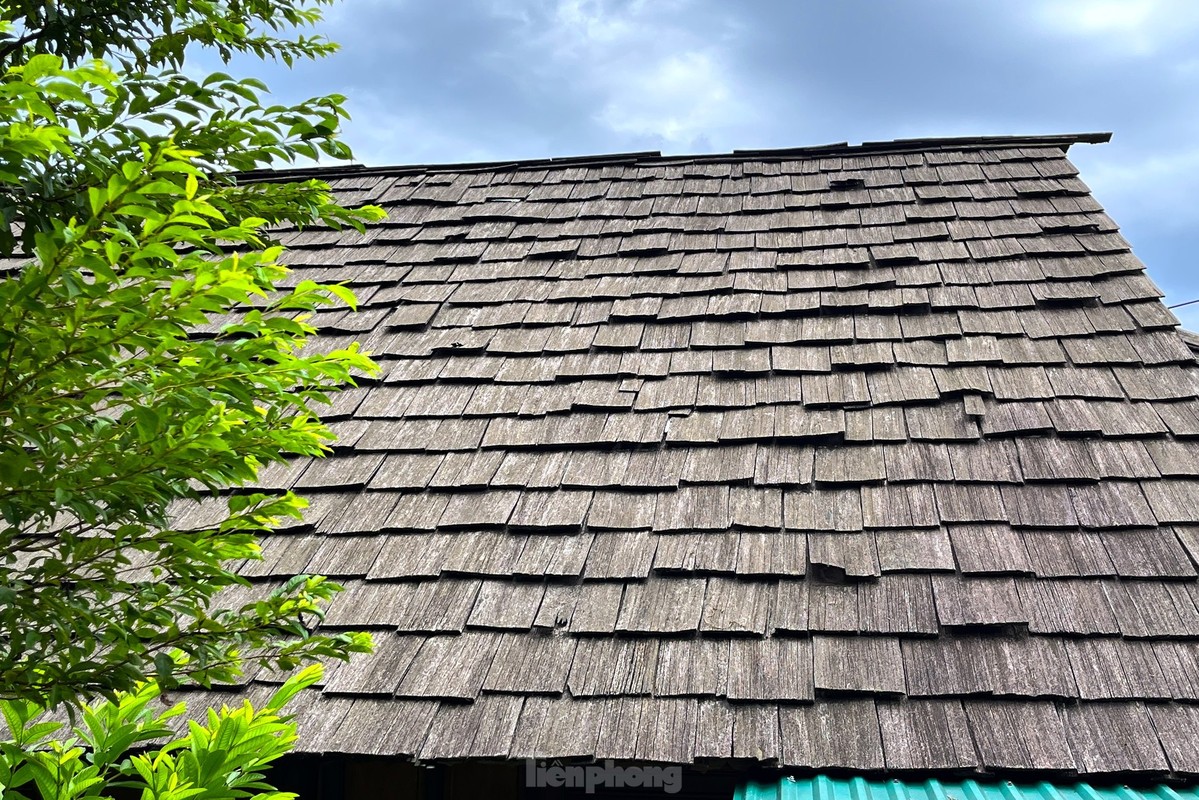
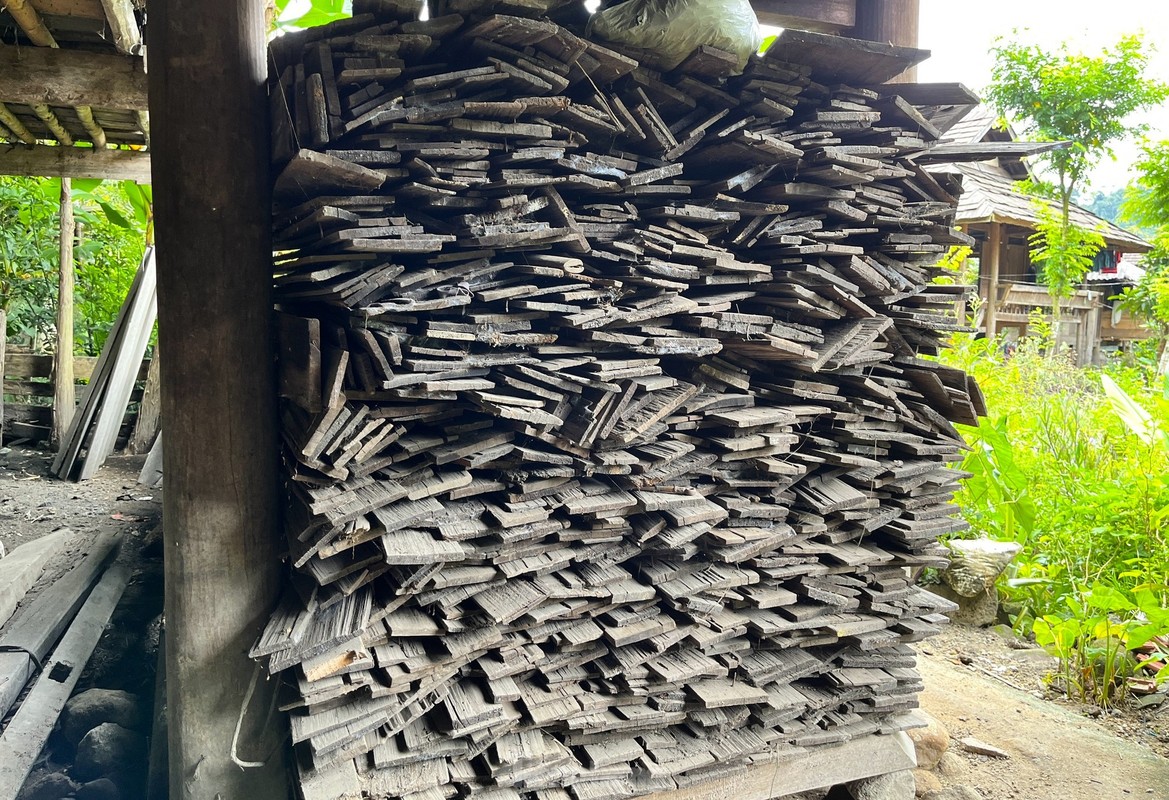
To preserve these precious wooden roofs, many families, when repairing their roofs, converted these wooden panels to be used as ceilings, while the roofs were replaced with corrugated iron.
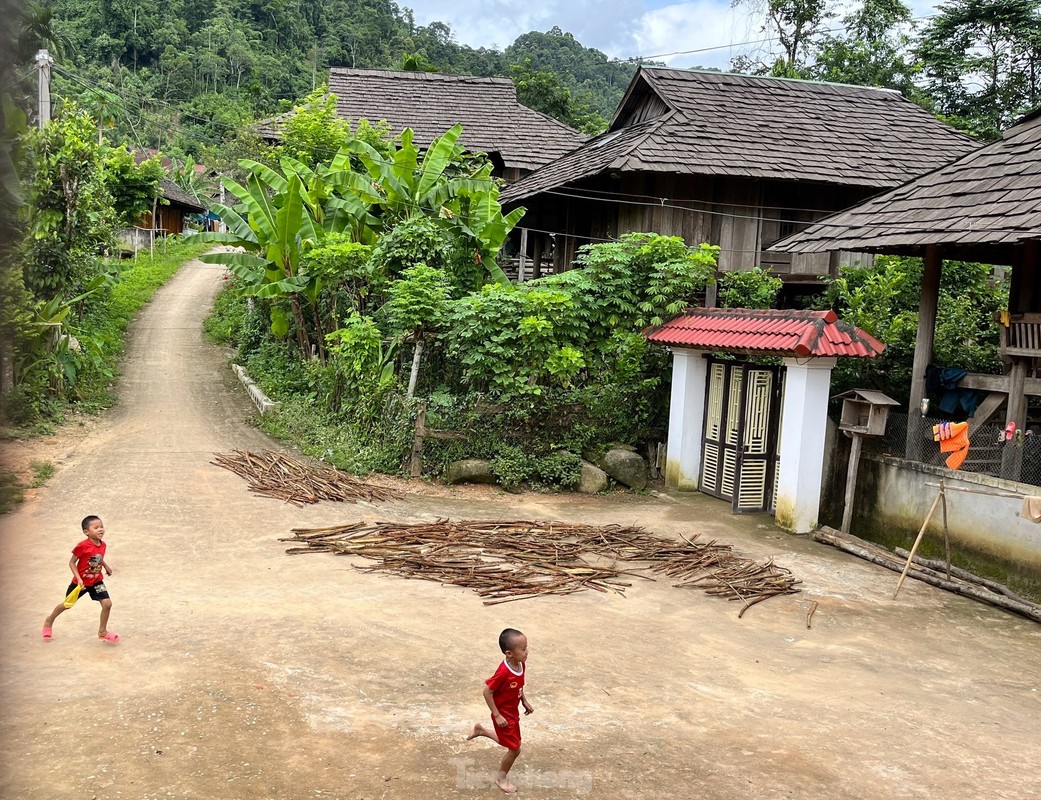
Mr. Lo Van Viet – Chairman of the People’s Committee of Hanh Dich commune said that the Thai ethnic people in Muong Dan village still preserve the unique cultural features of their people, from language, culture, customs, and costumes. costumes… With unique cultural features, Muong Dan is now becoming a community tourism destination attracting a large number of tourists inside and outside the province to experience.

